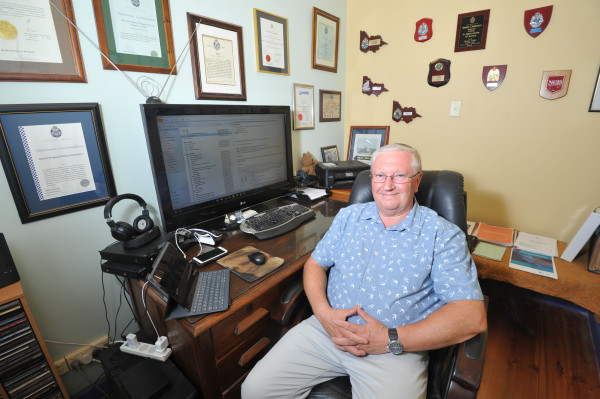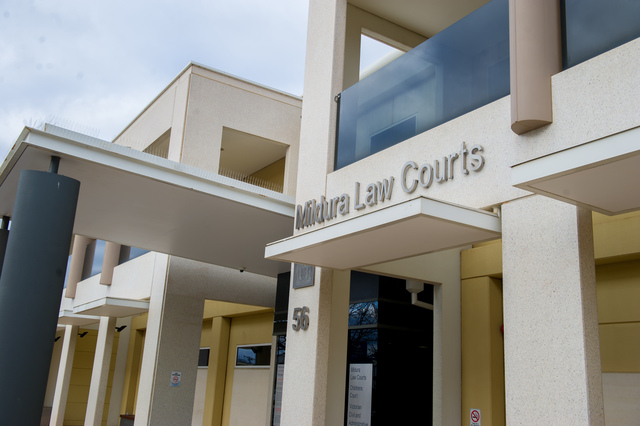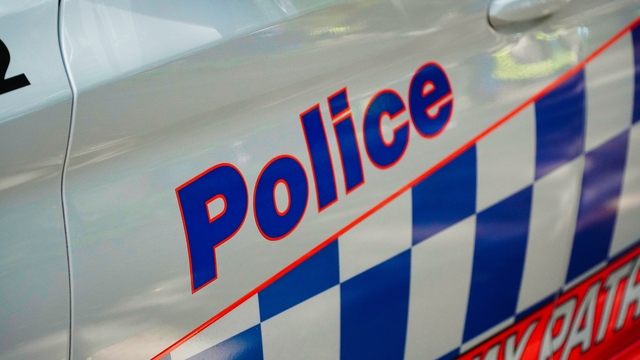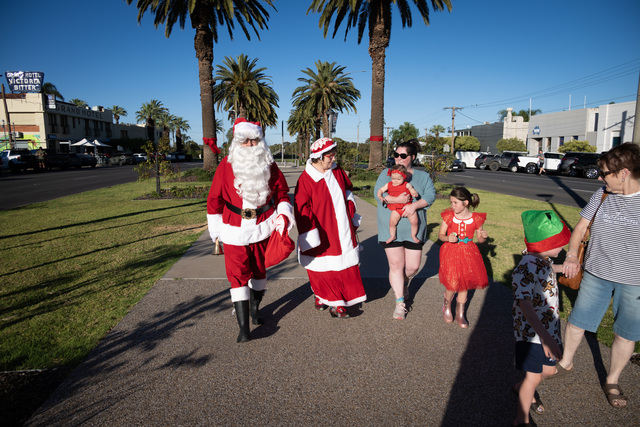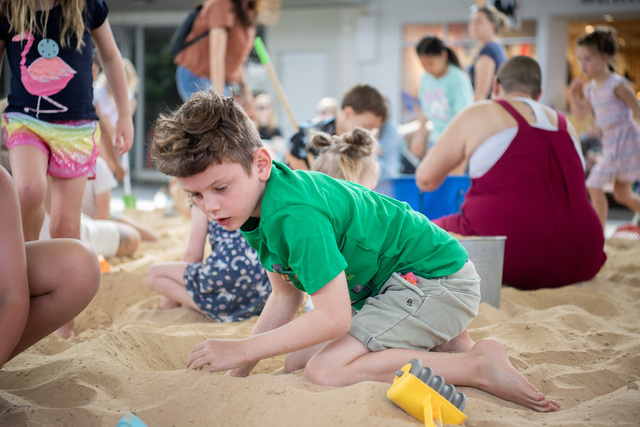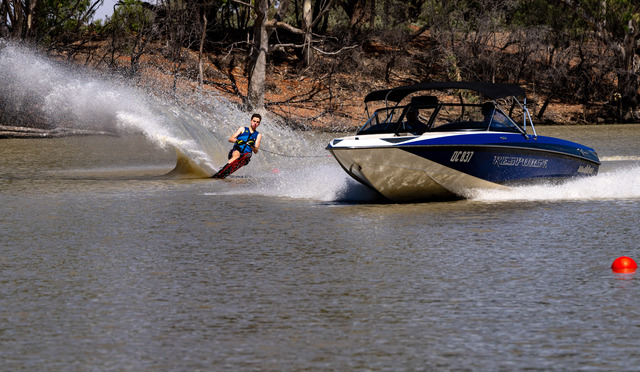AUSTRALIAN Aviation Alliance says it is doing all it can to try to make the Mildura flying school as “community friendly” as possible.
The alliance, which operates four flying schools out of the Mildura Airport — Pearson Aviation, Air Queensland, Clamback and Hennessy and Aero Dynamic Flying Academy — says it receives “very few complaints” about its operations.
Chief executive Simon Clemence said what the the flying school could and could not do was dictated by the Civil Aviation Safety Authority (CASA), however it had developed its own “Fly Friendly and Community Engagement Policy” in an effort to find a balance between its operations and the impact on the local community.
Mr Clemence said that while neither the Mildura Council or Mildura Airport has any formal control over any flying school, CASA guidelines and regulations were “heavily regulated”.
“Those Acts and regulations determine what and when aircraft can fly — at what height, at what time, under what conditions and so on and we comply with all of the rules and regulations set out by CASA,” Mr Clemence said.
“We also restrict times and days that we fly — weekend restrictions, public holiday restrictions and so on — through our own ‘Fly Friendly’ policy,” he said.
“Most of the restrictions are around circuit training and where we go around and practice touch and go landings and their take-off skills.
“But we certainly try to finish within the parameters that we set ourselves.”
Mr Clemence said night training was as important, if not more important, as training during the day.
“The majority of international flights have a night component and it’s very important because that’s the riskiest part of flight,” he said.
Everywhere there is a flying school there are noise complaints — airports are noisy, aircraft make noise — and airports themselves are just inherently noisy.
“If there was something I could do to stop the noise I would do it immediately, but I can’t.
“All I can do is try to make sure that this company is as community friendly as it possibly can be.
“That’s why we’ve set all the rules in place to try to make sure that that’s the case.”
Mr Clemence said the schools had modified its operations where possible as a result of community feedback.
“Of course, we learn as we go — we’ve only been going for two years and of that we’ve only started doing some aspects of air training for the first time,” he said.
“We have set in place a number of changes to our instructions in relation to how and where we fly — the altitudes that we fly, the throttle levels we use for flight training,” he said.
“But there’s a number of things that we can’t alter because we have to follow certain parameters and some of them are fixed in stone.”
He said changing the path of flights away from the city was one change that had been considered.
“We had discussions around changing the circuit from a right hand to left hand pattern where we would be doing circuits away from the township rather than on the township side,” he said.
“However, we met some resistance from the local aviation community in relation to that and there was also an issue with a glider runway being on the opposite side so that also creates a safety hazard, so we weren’t actually able to pursue that any further at this stage.
“We don’t get very many complaints at all and the airport gets very few complaints — the pesky flying school people try to whip people up to complain as often as they can, but we get very few complaints.
“I would say that there was a small group of people who have legitimate concerns and there are also a number of people who are deliberately agitating.”

